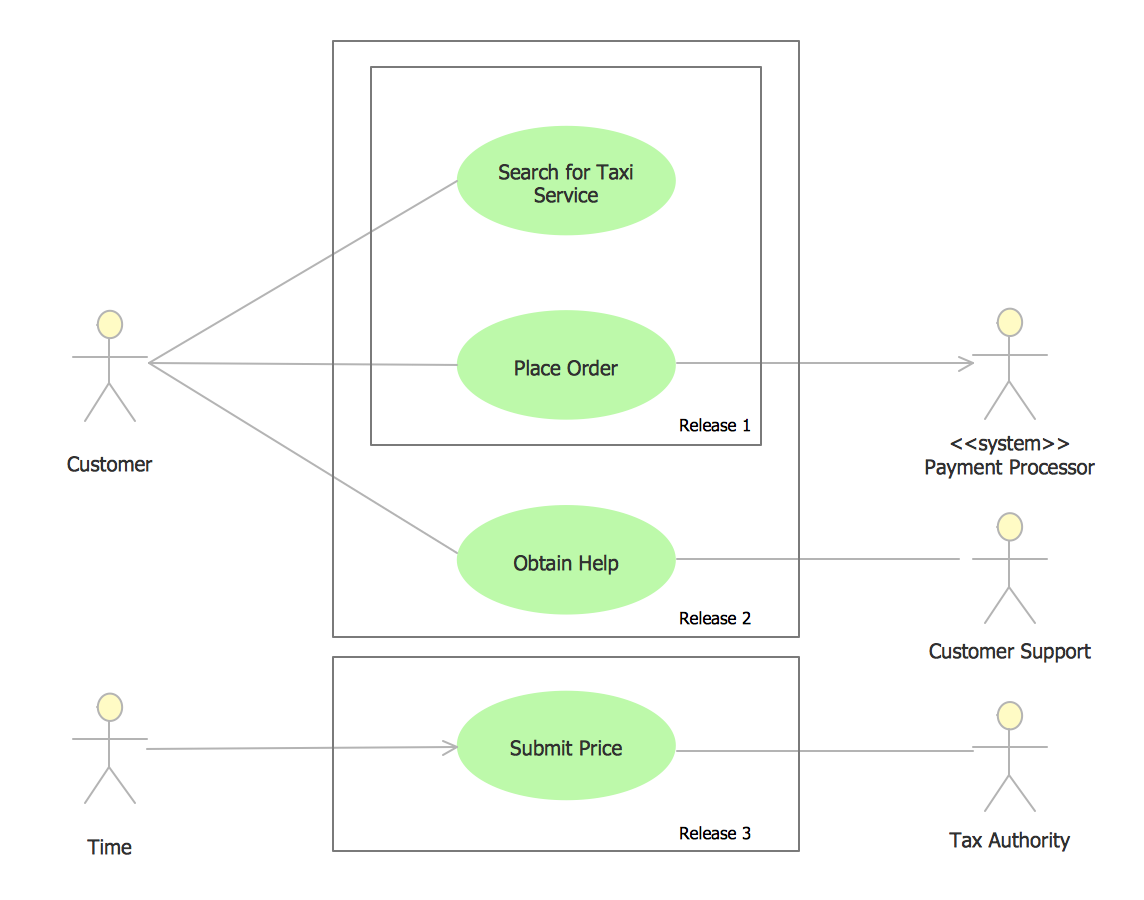MindMap of Baden-Württemberg Districts
|
Baden-Württemberg is one of the German states that is located in the southwest forming the border with France. It is Germany’s third largest state due to its population and size: its area is 35,751 square kilometers and there are altogether 10.8 million inhabitants. Stuttgart is known to be both this state’s capital and its largest city. The sobriquet Ländle can sometimes be used as a synonym for Baden-Württemberg. Baden-Württemberg shares its borders with the German states of Rhineland Palatinate, Hessen, and Bavaria, France and Switzerland. Most of the big cities of Baden-Württemberg straddle the banks of the Neckar River. This river runs downstream from southwest to the center all the way through the state passing Stuttgart, Tübingen, Mannheim, Heilbronn and Heidelberg. The Rhine forms the western border and a lot of the southern border. The Black Forest is the main mountain range of the state. It rises to the east of the Upper Rhine valley and the high plateau of the Swabian Alb is between the Black Forest, the Danube and the Neckar, being an important European watershed. Baden-Württemberg shares Lake Constance with Switzerland. It also shares the foothills of the Alps with the Austrian Vorarlberg and Bavaria, but Baden-Württemberg does not border Austria over land. The previously mentioned river has its source in Baden-Wurttemberg. It starts near the town of Donaueschingen in the Black Forest in a place called Furtwangen. Täfelberg is one of the German mountains that is located in the Northern Black Forest being 565.2 meters above sea level. Baden-Württemberg is well-known for not having many natural resources. Despite this fact, this state is still among the wealthiest and most prosperous regions in Europe with a generally low unemployment rate. There are many popular enterprises that are headquartered in the state, such as Porsche, Robert Bosch GmbH, Carl Zeiss AG and SAP SE which Is known to be the largest software enterprise in Europe. There is also the Heidelberger Druckmaschinen which is the mechanical engineering company. Nevertheless, Baden-Württemberg's economy is dominated by only medium-sized and small enterprises. Being poor in workable natural resources such as zinc, lead, iron, silver, the salts and copper, this region is known to be well industrialized. There were almost 8,800 manufacturing enterprises in 2003 having more than 20 employees. Only 384 of such enterprises had more than 500 employees. |

Example 1. Baden-Württemberg Districts
The mid-sized company (called “Mittelstand” in German) is known to be the backbone of the Baden-Württemberg economy. Medium-sized businesses as well as a tradition of branching out into different industrial sectors led to the specialization that occurred over a wide range. The fifth part of the so-called "old" Federal Republic's industrial gross value added is known to be generated by Baden-Württemberg.
The whole turnover for manufacturing exceeded 240,000 million in 2003. 43% of the mentioned amount came from exports. This region is known to be depending on some extent on global economic developments. The awesomely great adaptability of this region's economy has helped it get through the crises. Half of the employees in the manufacturing industry are in electrical and mechanical engineering as well as the automobile construction.The largest enterprises can be also found in this state. The importance of the precision mechanics industry keeps on extending beyond the region's borders. Same the clock-making, optical, toy, electronics and metallurgy industries do here. More than a fifth part of the 100000 people were working in R&D in Germany being located in Baden-Württemberg in 2001 and most of them could be found in the Stuttgart area.
The population of Baden-Württemberg was 10486660 in 2014. 5354105 of them are female and 5132555 - male. The birth rate of 8.61 per 1000 in 2006 was almost equal to the death rate of 8.60 per 1000. About 15% percent of the population was under the age of 15. At the same time, the proportion of people that were aged 65 and older was at 19% in 2008. The ratio of people aged under 15 and over 64 that can be compared to the working age population aged from 15 to 64 is known to be called as a “dependency ratio”, being 512 per 1000 in 2008 in this state.
Baden-Württemberg is known for being one of the most preferred destinations of immigrants in Germany and in 2013 almost 28% of its population had some migration background. It was defined by the Federal Statistical Office of Germany. This number is higher than in any other German state with the exception of the city states of Bremen and Hamburg. 9355239 of the population held German citizenship as of 2014, 1131421 of them were foreign nationals.
There are many districts in Baden-Württemberg region, such as Biberach, Enzkreis, Bodensee, Breisgau-Hochschwarzwald, Calw, Emmendingen, Esslingen, Freudenstadt, Heilbronn, Lorrach, Ravensburg, Main-Tauber, Hohenlohe, Karlsruhe, Konstanz (also known as Constance), Ludwigsburg, Neckar-Odenwald-Kreis, Ortenaukreis, Ostalbkreis, Rastatt, Schwarzwald-Baar-Kreis, Alb-Donau, Rems-Murr-Kreis, Reutlingen, Rhein-Neckar-Kreis, Rottweil, Schwäbisch Hall, Sigmaringen, Tubingen, Heidenheim, Goppingen, Tuttlingen, Waldshut, Boblingen, and Zollernalbkreis.
All of them can be mentioned within one drawing that can be created with one of the products of CS Odessa — the ConceptDraw MINDMAP which is an effective tool for brainstorming, idea generating, designing mind maps, creative and lateral thinking, problem solving and creativity that is available for everyone to be downloaded from this site.


